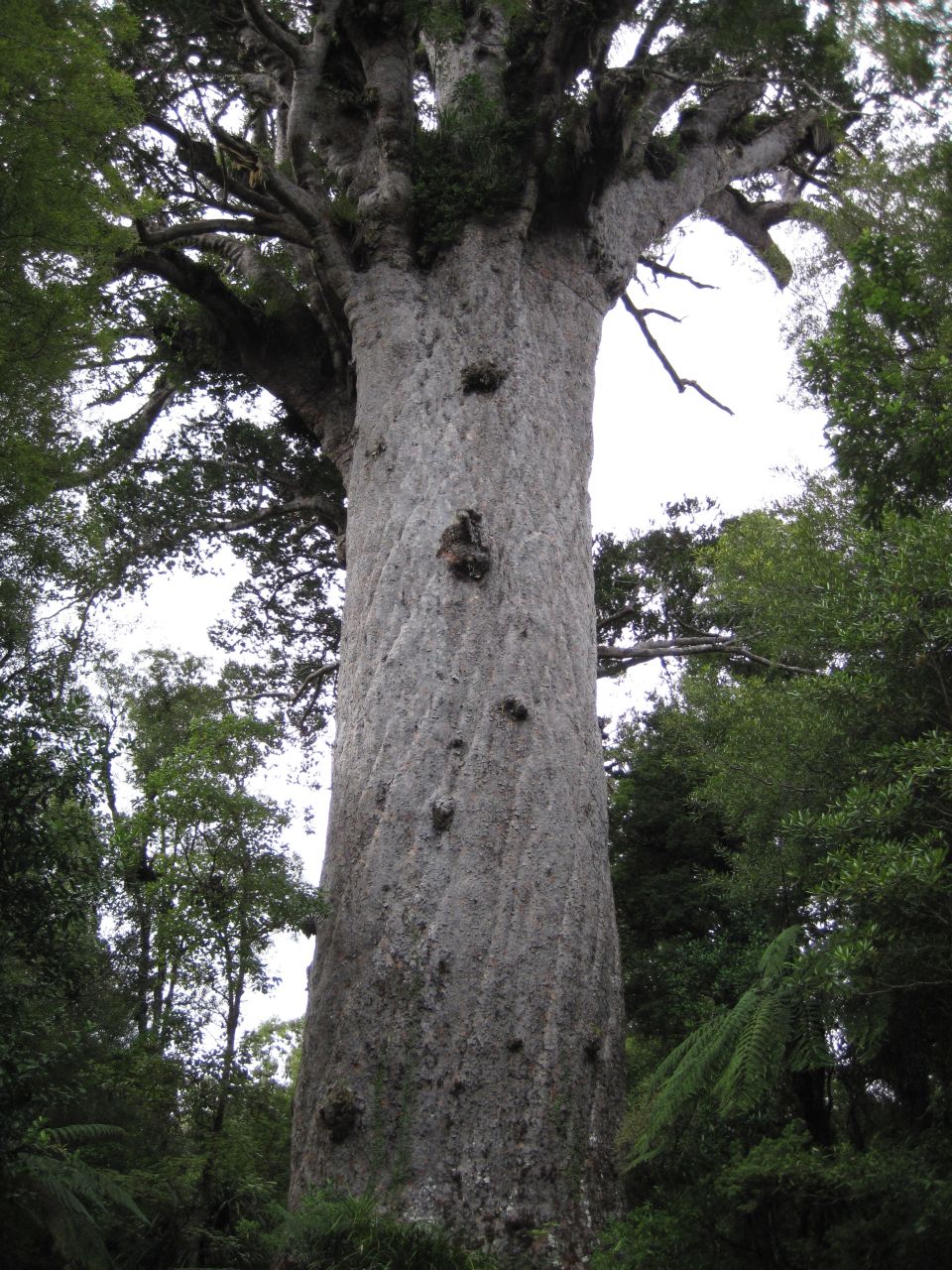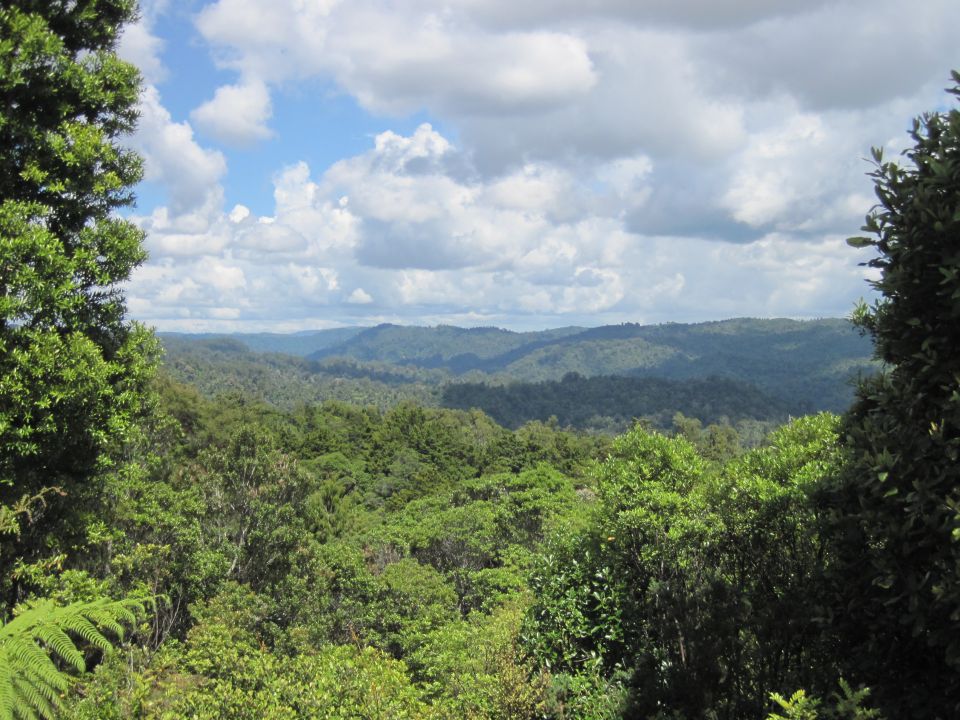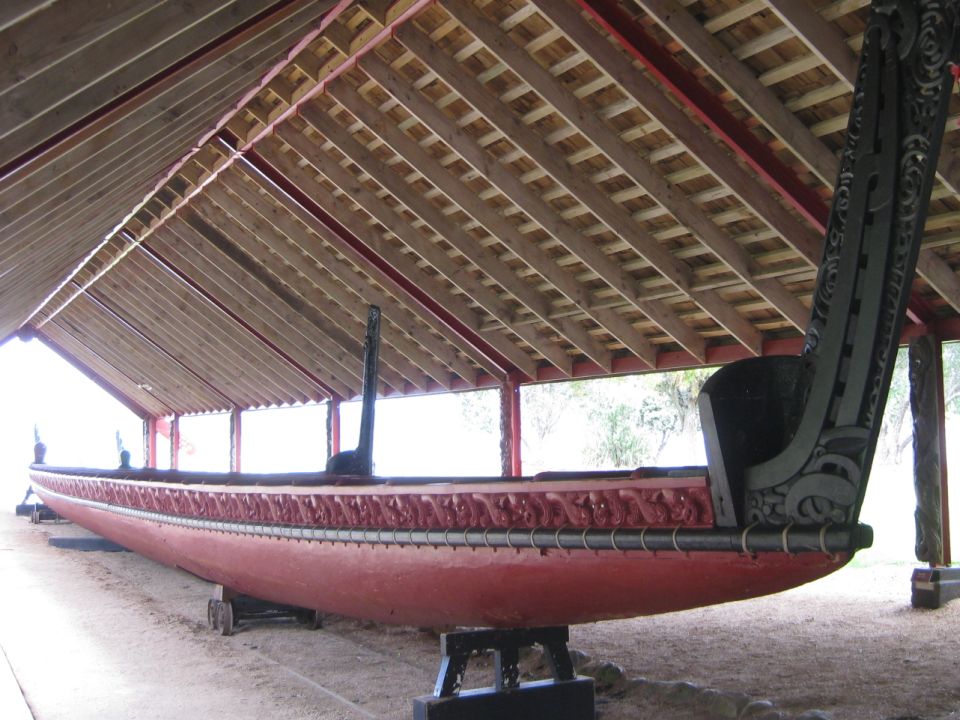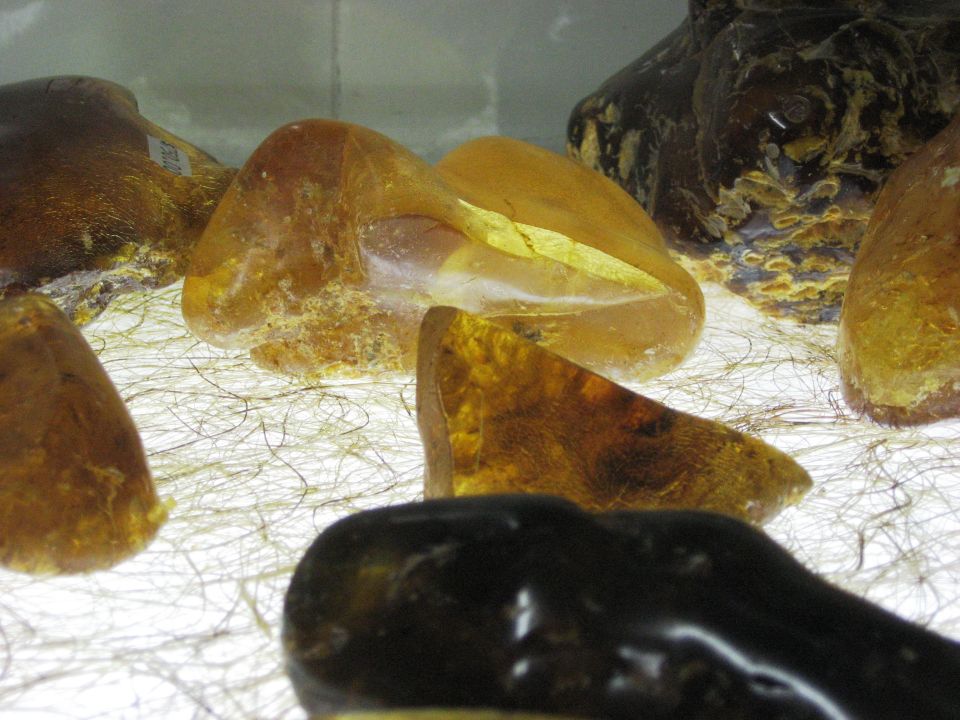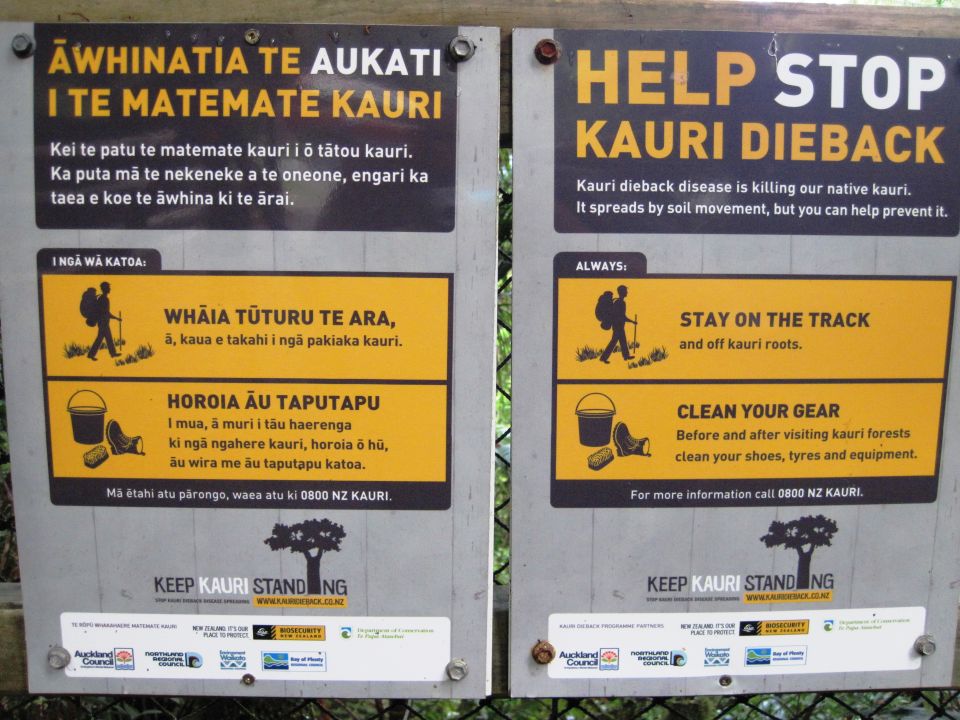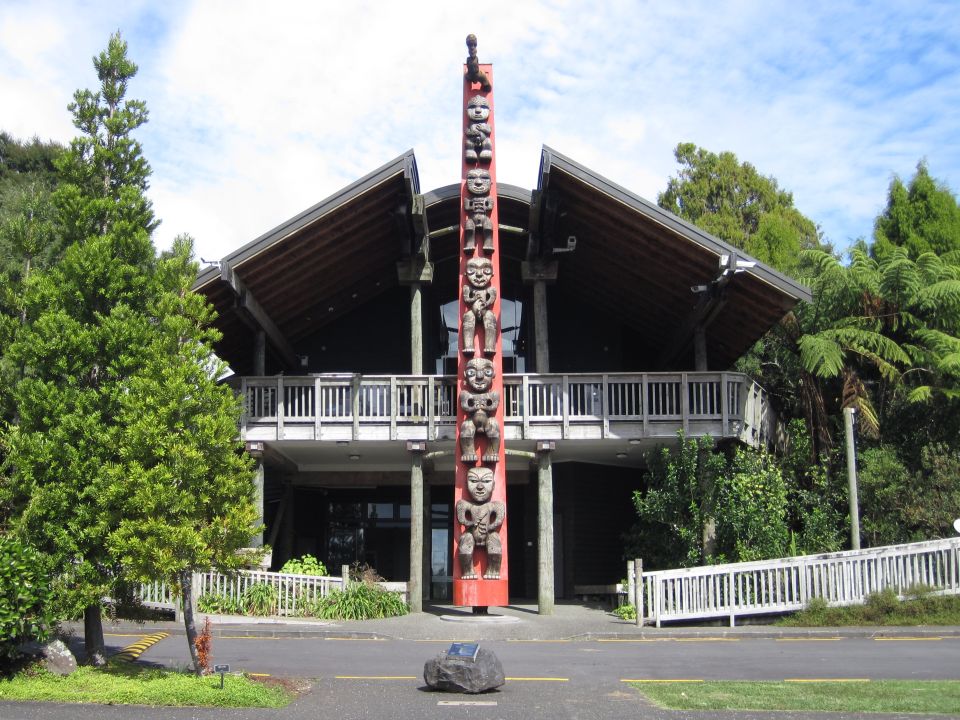The creation story
In the beginning, out of nothingness Ranginui and Papatūānuku were created.
Rangi and Papa clung together, trapping the children they had made in a land of darkness. The strongest child was Tāne Mahuta. Tāne Mahuta is the god of the forests and creator of the forest creatures. It was he who used his powerful legs to push his parents apart, allowing light to enter the land and life to flourish.
Te Roroa tupuna of Waipoua forest say that Tāne's legs were the giant trunks of kauri.
Māori culture
Northern iwi have a long association with Te Wao Nui a Tāne (the great realm of Tāne Mahuta) that goes back to the beginning of time. Their understanding of Te Wao Nui and its connection with everyday Māori life is well documented. The kauri tree is one of many links Māori have with Te Wao Nui a Tāne, for food, recreation, medicines, shelter, resources etc.
In Māori tradition kauri and people are deeply linked: both were created by Tāne and will always be connected. Ancient karakia are still recited to this day to clear the pathways to Te Wao Nui. Karakia seeks permission from the forest gods to take leaves for medicines or a trunk to build a waka, for example.
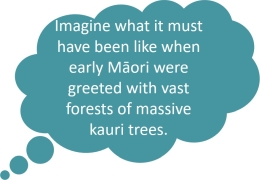
Uses
Although revered, kauri was not as useful as some other trees. The likes of tōtara and miro had better timber for buildings and carving. These trees also produced berries that attracted birds which were an important food source.
Sometimes the giant trunks of kauri were used to carve out large waka taua.
Kauri gum had many valuable functions. Gum was burned as an insecticide in kūmara plots, wrapped in flax to make torches for night-fishing and used as a chewing gum. Kauri resin was also burnt and mixed with fat to create the ink for moko of rangatira.
Kaitiaki
The relationship of tangata whenua to the land and waterways is one of guardianship and protection. This is to ensure sustainability for future generations. Taonga tuku iho refers to the intergenerational protection of highly valued taonga. This protection passes through generations, in a caring and respectful manner.
Te Roroa iwi is kaitiaki of Waipoua kauri, where Tāne Mahuta grows. Their mission is to protect the rākau rangatira. Visitors to the forest are asked to use the foot-cleaning stations and stay on the boardwalk paths. Te Roroa want to protect the kauri and share their forest with others.
- You can find out more about visiting Waipoua on their website: http://www.teroroa.iwi.nz/visit-waipoua.html
Te Kawerau a Maki is the iwi that is kaitiaki over the Waitākere forests. They imposed a rāhui on the forest, asking people to stay out, to protect the trees.
- You can find out more about it on their website: http://www.tekawerau.iwi.nz/node/13 and http://www.tekawerau.iwi.nz/node/14

